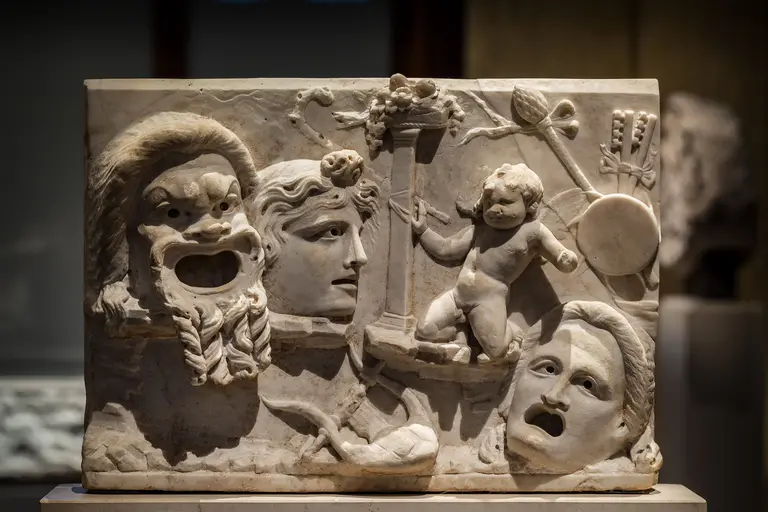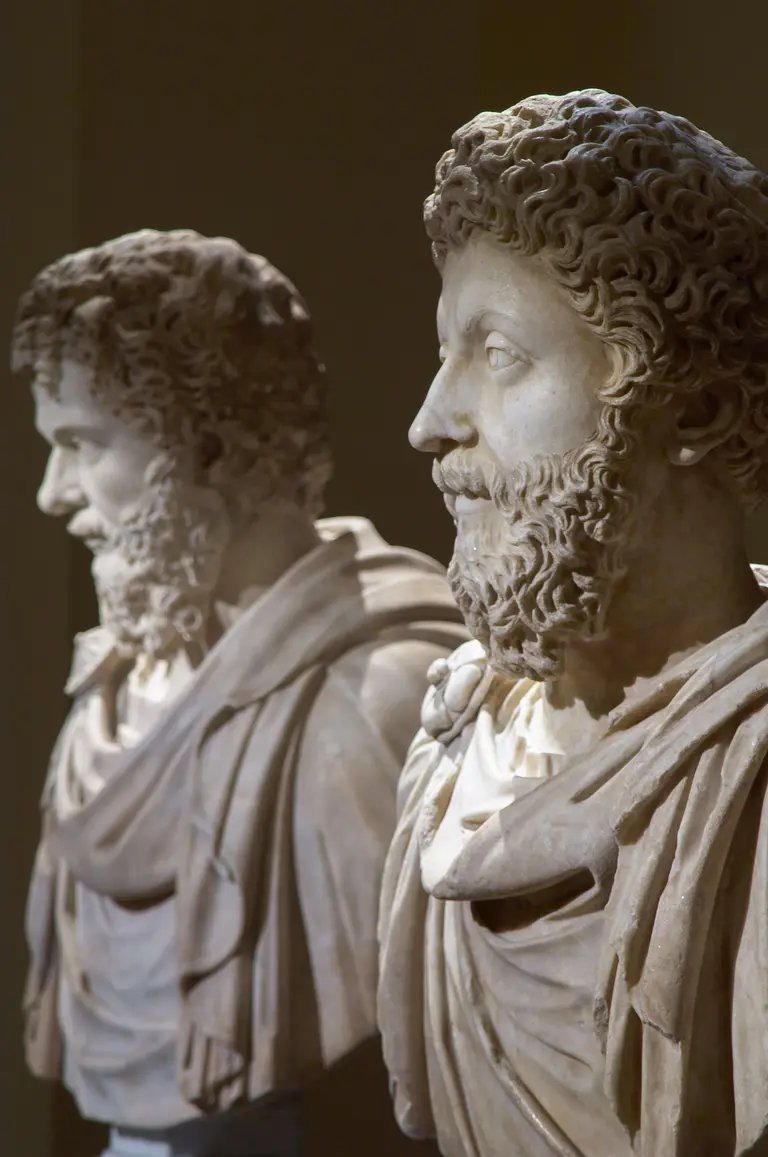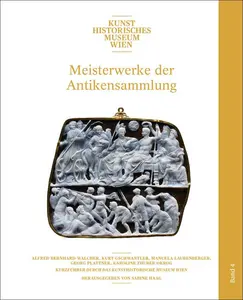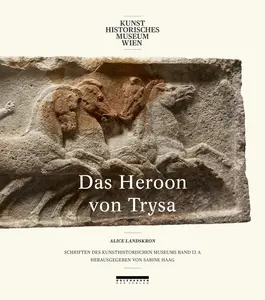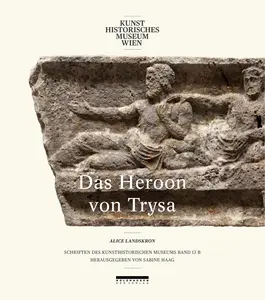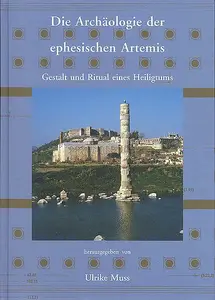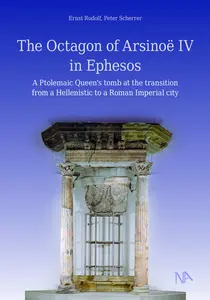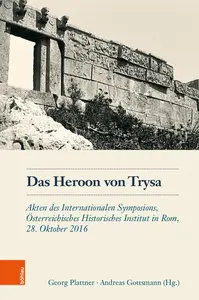Many aspects of life today can be traced back to Antiquity: Greek and Roman architecture, sculpture, and philosophy have shaped aesthetic perception and artistic creation in modern times. The emergence of democracy in ancient Athens, the search for a concept of man in Greek sculpture, and the spread of Christianity exemplify the incredible significance of this epoch of history.
Today, we are trying to understand the artworks and answer the questions about their creation, materiality, message, and significance. Pinpointing the objects’ context and understanding the world in which they were created is a considerable and difficult task, since the artworks often arrived in Vienna as part of earlier collections. The core tasks of the collection include exhibitions, communications, and publishing research publications.


